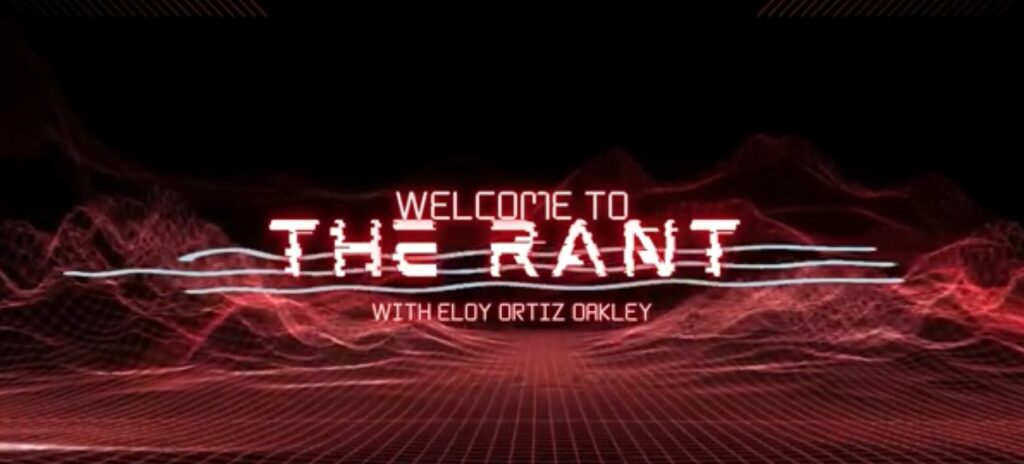At its height in 2009 the California Community College system had over 2.8 million students. But in 2022, after a decade of declining enrollment and a system shock in the pandemic, it has only 1.8 million.
That’s still enough students to make it the single largest college system in the country, but it’s also a system that’s lost a third of its students and shows no sign of bouncing back. That’s a very different reality, and it has education experts across the state and even the nation wondering: how does the California Community College system have to change to thrive in this new reality?
They have a lot of answers, but the answers all have a simple theme: do what Calbright’s doing.
Can We Make A Free Online Community College Work For Students? Yes We Can.
Calbright’s a part of the CCC system, the 115th Community College established by the state of California. But it’s also a very different kind of public institution, designed to reimagine what college can be and how it can serve the populations who need traditional college most but have the least access to it.
Calbright is:
- Free to all Californians: We currently don’t charge for any of our programs or services.
- Accessible to all Californians: We accept every adult California resident who has a high school diploma or equivalent. It’s that easy.
- Online: All of Calbirght’s classes are online. That means students can access them from anywhere they are. If students don’t have easy internet access, we’ll lend them a wifi hotspot and a Chromebook (again, for free) so that they never have to be more than a click away from their classes.
- Flexible: Students can take their classes any time, day or night, that fits their schedule. First thing in the morning, during a break at work, or after putting their children to bed – it’s up to the student when they want to study. We’ll be here for them.
- Career Focused: Calbright doesn’t offer degrees, we offer certificate programs that demonstrate skills that employers are hiring for in 21st century industries. The whole point of going to Calbright is to be ready for a better career, be more competitive in the job market, or use new skills to move up in a student’s current organization. Our classes get students the skills they need, and our Career Services center helps every student with their job search, resume, and interviews.
- Fast: While it’s up to each student how long they need to study, Calbright programs are designed to be completed in less than a year.
All of this was imagined and designed and tested before the pandemic began, but it’s only become more relevant since then. And when they look at how community colleges (in California and across the country) should change to meet the needs of modern students, the Calbright model is the one they are encouraged to follow.
Students Are Telling Us They Want A “Certificate-To-Career” Pipeline
“As they look to the future,” EDSource writes, “college administrators say they see rising student demand for expanded career training, flexible online classes, more financial aid and a clearer transfer path to universities.”
That sounds familiar. The article goes on:
In Orange County, Santa Ana College is following a similar path. Improving its non-credit programs in auto mechanics, information technology and hospitality has led to such increased demand that the college now offers those programs online, allowing students to learn on their own schedules.
“Many people during the pandemic have been looking for ways to upskill,” said Santa Ana Vice President Jeff Lamb. “So we said, ‘Hey, we can help you develop some 21st-century workplace skills, and we’ll do it for free. And by the way, you can do that online.”
What we’re discovering, over and over again, is that this is an approach that works. Calbright’s enrollment has more than tripled during a period when community college enrollment as a whole plummeted. After taking approaches like this, community colleges like Santa Ana have started to see their enrollments rebound.
Students, especially non-traditional students, are telling us what they’re looking for. They need college to be accessible, they need it to be affordable, they need it to be high value, they need it to fit with their lives, and they need it to make a difference quickly.
That’s what Calbright does, but it’s not all that we’re doing. We’re continuing to find new ways to support students, increase retention, and develop new and effective approaches to online learning. We’re confident that, in another two years, the experts will still be telling colleges around the country to follow a trail we’re blazing now.
The evidence so far is strong: colleges are still very relevant in the 21st century economy, but they need to focus on meeting students where they are, and supporting the needs of non-traditional students. There is a path forward, and colleges can innovate to meet it.



